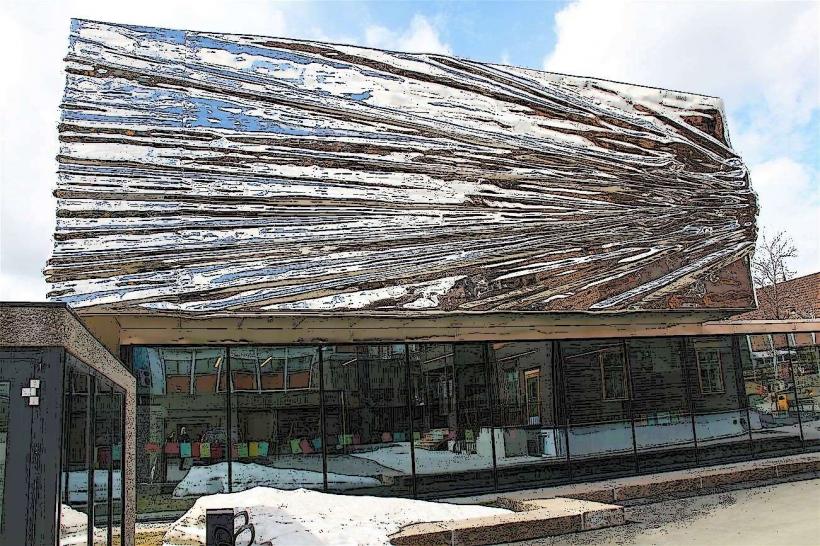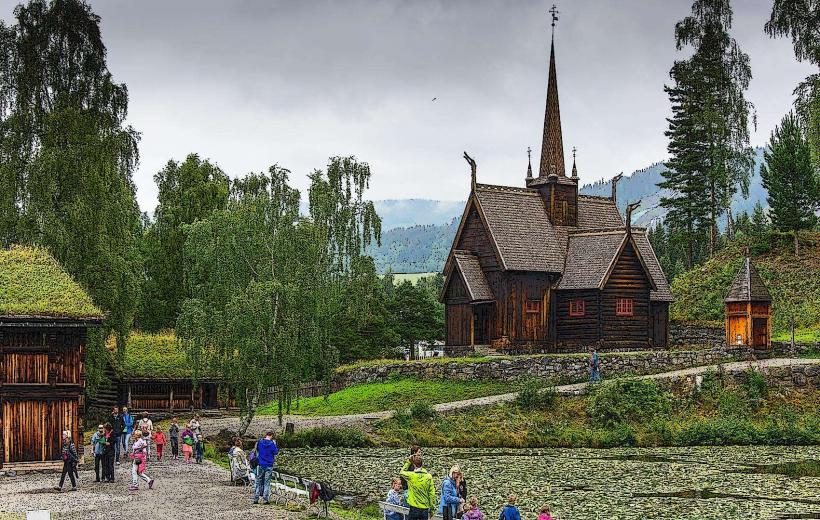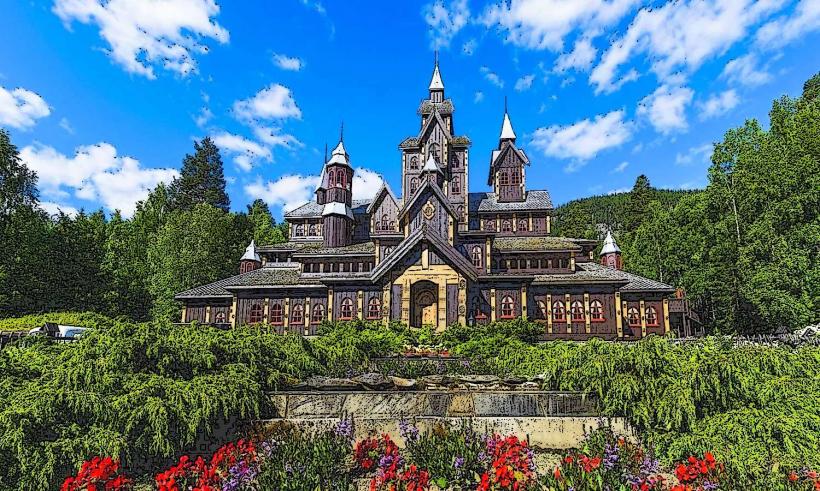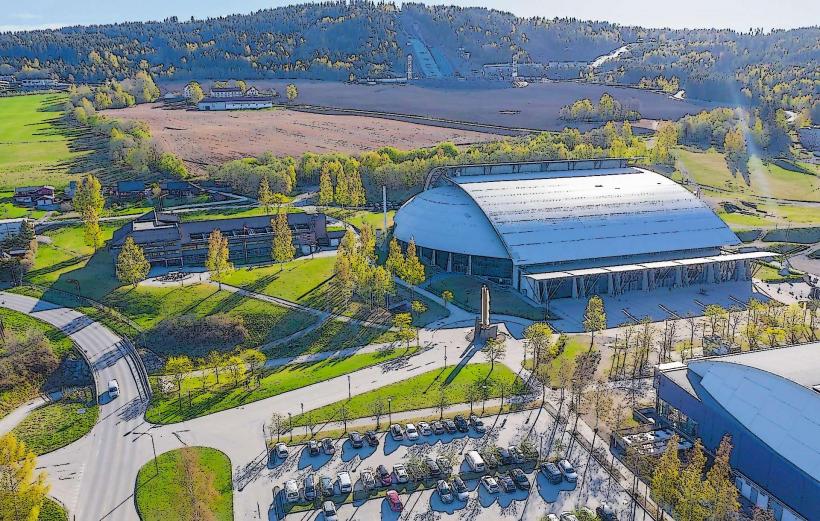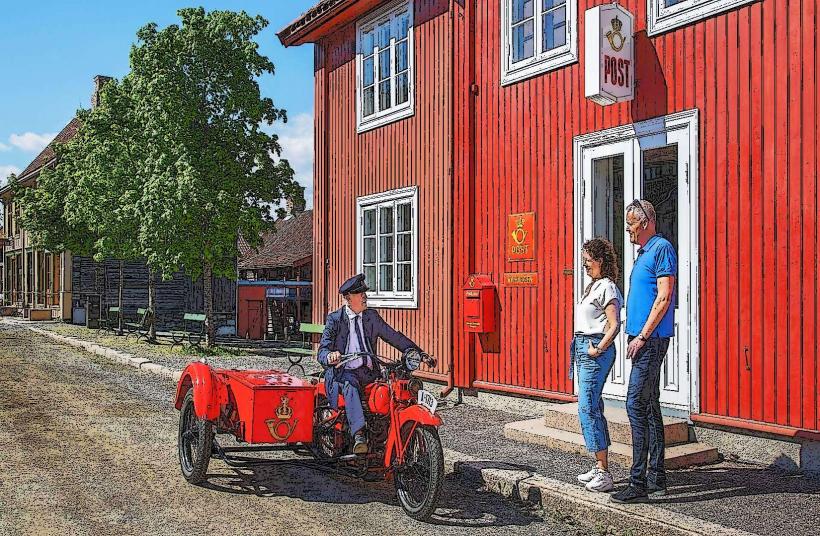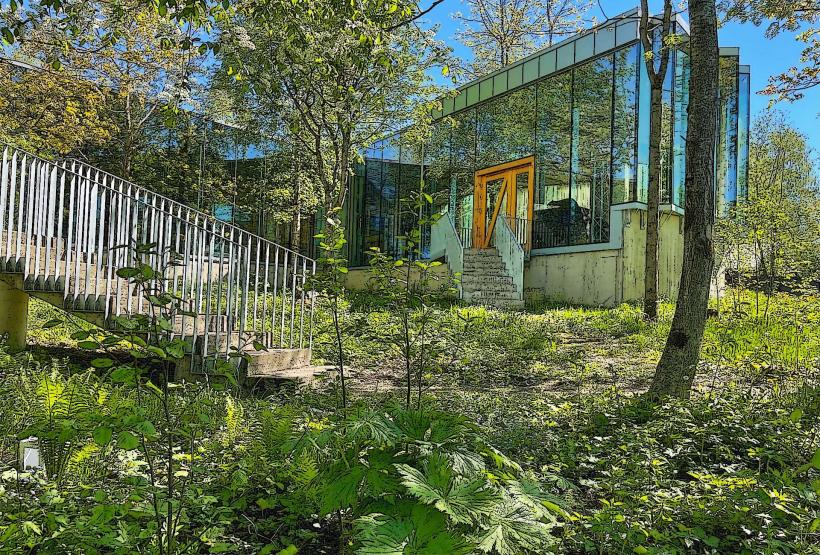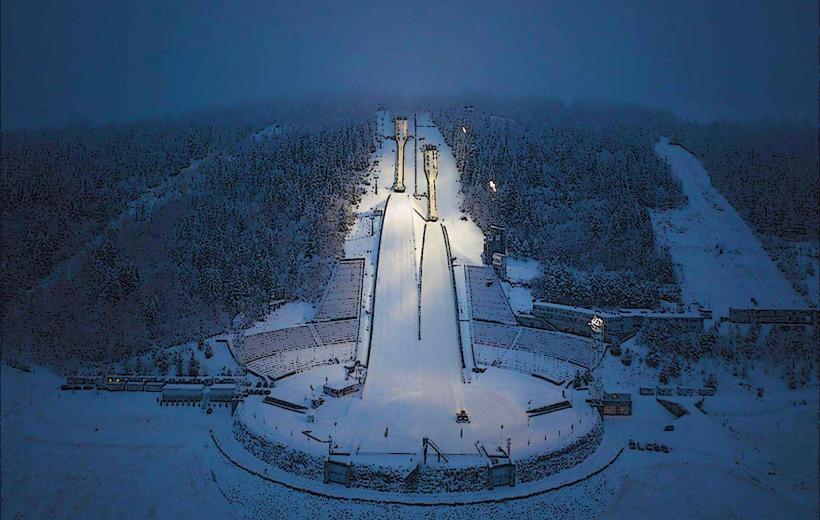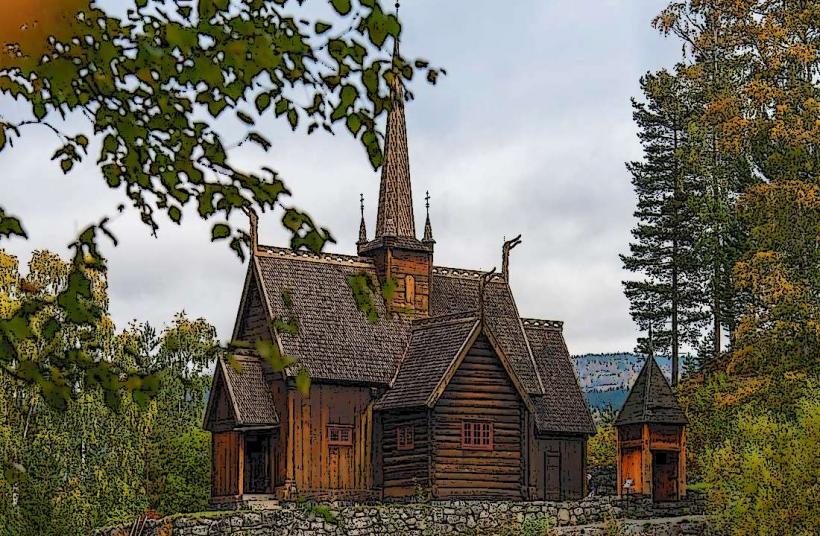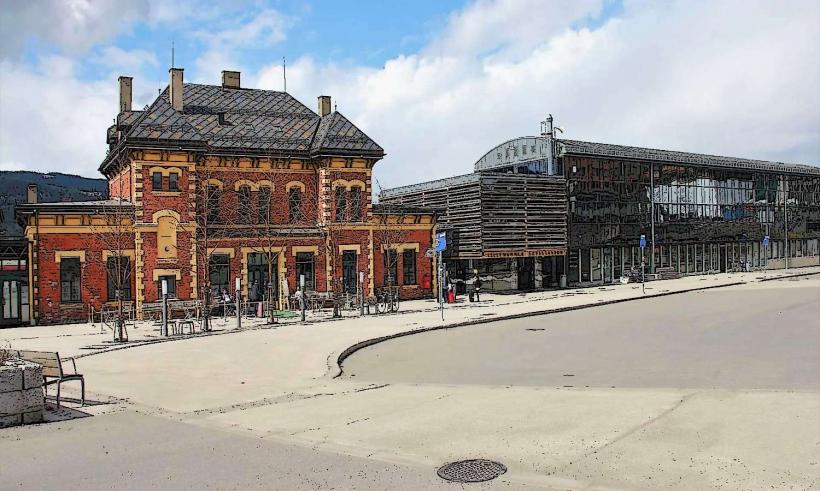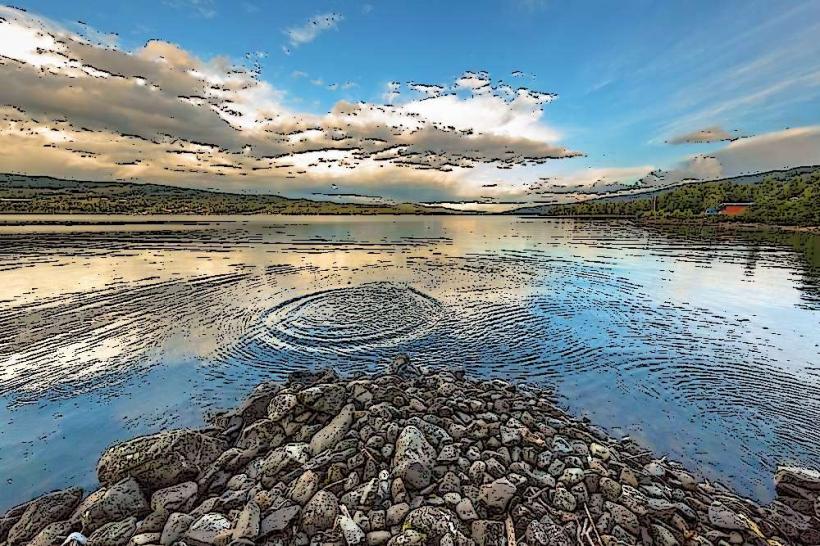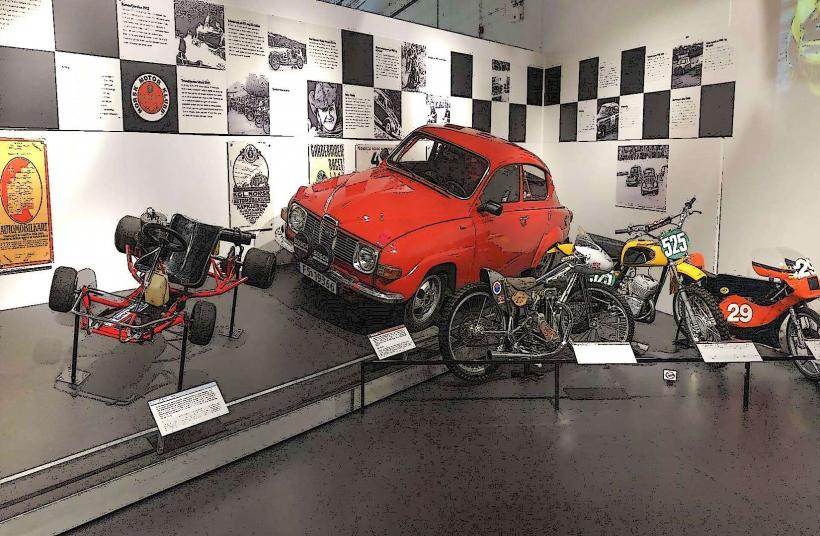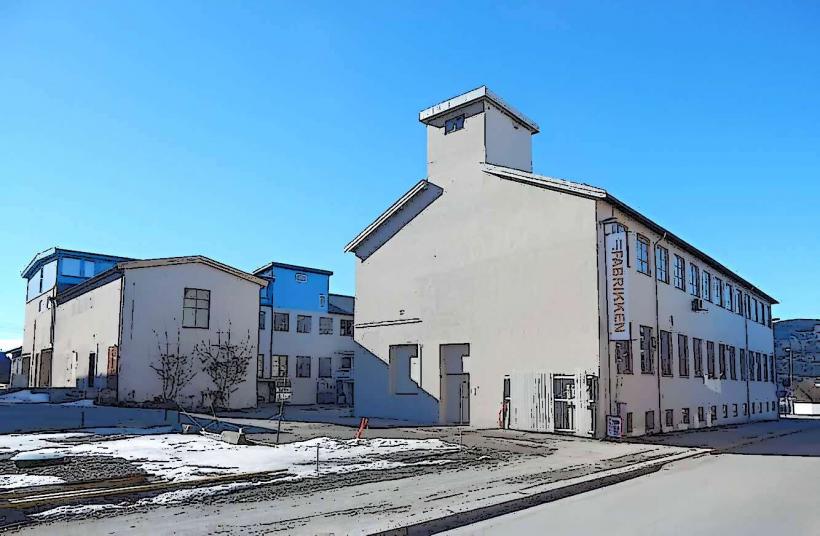Information
Landmark: Norwegian Olympic MuseumCity: Lillehammer
Country: Norway
Continent: Europe
The Norwegian Olympic Museum (Norsk Olympisk Museum) is dedicated to the history of the Winter and Summer Olympics and Norway's significant role in these global sporting events. Located in Lillehammer, Norway, the museum celebrates the country's achievements in the Olympic Games and highlights the values of the Olympics, such as international cooperation, sportsmanship, and excellence.
Overview:
The museum is situated in Lillehammer, which holds particular Olympic significance as the host city of the 1994 Winter Olympics. This major event is a focal point in the museum, but it also covers Norway's participation in both the Winter and Summer Olympic Games since the early 20th century.
The museum is a fascinating destination for sports enthusiasts, offering an engaging experience with a rich collection of memorabilia, exhibits, and interactive displays. Visitors can explore the history of Norway's Olympic journey, learn about the country’s athletes and their accomplishments, and experience the spirit of the Olympic Games.
Key Features and Highlights:
Olympic History:
- The museum offers a comprehensive overview of the Olympics through the years, showcasing both Winter and Summer Olympic Games.
- It covers the early history of the Olympics, starting with the first modern Olympic Games in 1896, and tracks the progress of the Games up to the present day.
- Exhibits chronicle the development of various Olympic sports, the evolution of the Games, and the increasing participation of countries worldwide.
Norwegian Olympic Achievements:
- A major focus of the museum is on Norway’s impressive Olympic history. Norway has consistently been one of the most successful countries in the Winter Olympics, particularly in sports like cross-country skiing, biathlon, ski jumping, and speed skating.
- The museum features memorabilia and exhibits dedicated to Norway's Olympic medalists, including notable athletes like Sonja Henie, Ole Einar Bjørndalen, Magnus Midtbø, and Marit Bjørgen.
- Visitors can see medals, trophies, and other personal items from Olympic athletes, learning about their lives and their contributions to the Olympic spirit.
1994 Winter Olympics:
- The museum places a strong emphasis on the 1994 Winter Olympics, held in Lillehammer. The Games were a turning point for Norway, with the country achieving its best-ever medal tally.
- The museum offers insight into the legacy of the 1994 Olympics, which was celebrated for its organization, atmosphere, and sportsmanship. Exhibits focus on the iconic moments of the Games, including Norway’s victories in skiing, hockey, and other events.
- Visitors can explore the history of the torch relay, the opening ceremony, and the stadiums and venues used during the Games.
Interactive Exhibits:
- The museum offers several interactive exhibits where visitors can try their hand at various Olympic sports in a virtual or simulated environment. This allows guests to experience the thrill of the Games and test their own athletic abilities in different Olympic disciplines.
- These exhibits are designed to engage visitors of all ages, providing an entertaining way to learn about the history and challenges of Olympic athletes.
Olympic Values and Symbols:
- The museum highlights the Olympic values, such as friendship, excellence, and respect, which have been central to the Olympic movement since its inception.
- It also covers the Olympic symbols, including the five interlocking rings, the Olympic flag, and the torch, exploring their history and significance in the global sporting community.
Temporary Exhibitions:
- In addition to its permanent displays, the museum also features temporary exhibitions that focus on specific Olympic events, athletes, or themes related to the Olympic movement. These exhibitions provide fresh insights into the evolving history of the Games and the role they play in global culture.
Norwegian Olympic Committee:
- The museum also provides information about the Norwegian Olympic Committee (Norges Idrettsforbund) and its role in promoting sports in Norway. Visitors can learn about the committee’s efforts to support athletes, manage national teams, and encourage sports development throughout the country.
Visitor Information:
Location: The Norwegian Olympic Museum is located in Lillehammer, near the famous Lysgårdsbakkene Ski Jump Arena, another key venue from the 1994 Winter Olympics. The museum is within easy reach of the city center and can be visited as part of a larger exploration of Lillehammer's Olympic heritage.
Opening Hours: The museum is open year-round, with varying hours depending on the season. It is typically busiest during the winter months, especially during events or anniversaries related to the Olympics.
Admission: There is an entrance fee for the museum, with discounts available for children, students, and seniors. Tickets are typically valid for access to the museum for the entire day, allowing visitors to explore at their own pace.
Accessibility: The museum is fully accessible to visitors with disabilities, with ramps and elevators to ensure everyone can enjoy the exhibits. The venue is also family-friendly and offers a great experience for visitors of all ages.
Conclusion:
The Norwegian Olympic Museum in Lillehammer is a must-visit destination for anyone interested in the history of the Olympic Games and Norway's rich sporting legacy. With its extensive collection of Olympic memorabilia, interactive exhibits, and focus on Norway’s Olympic success, the museum provides a fascinating and educational experience for visitors. Whether you’re an avid sports fan or simply curious about the history of the Olympics, the museum offers a unique opportunity to learn about the global impact of the Olympic movement and the athletes who have shaped its story.

